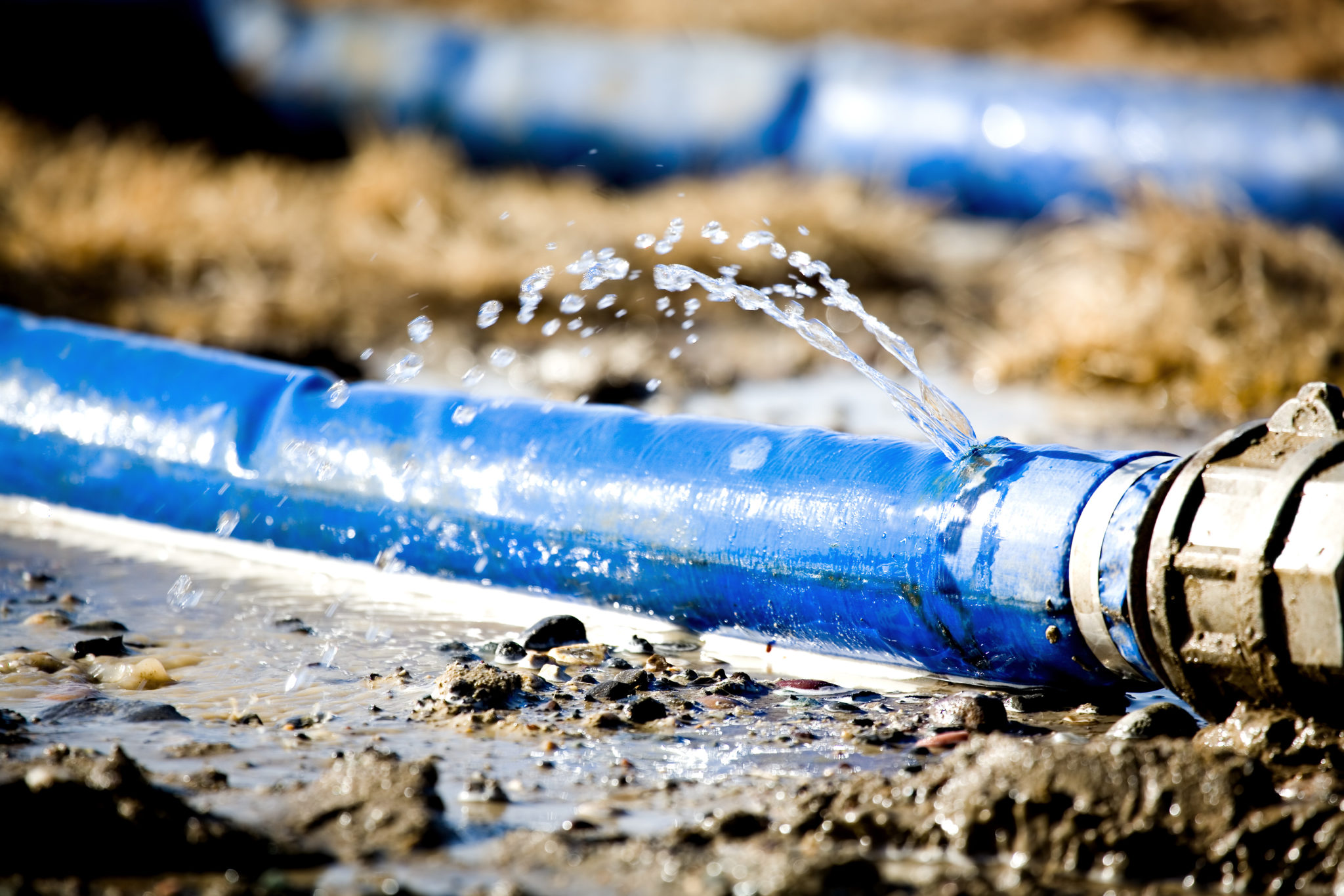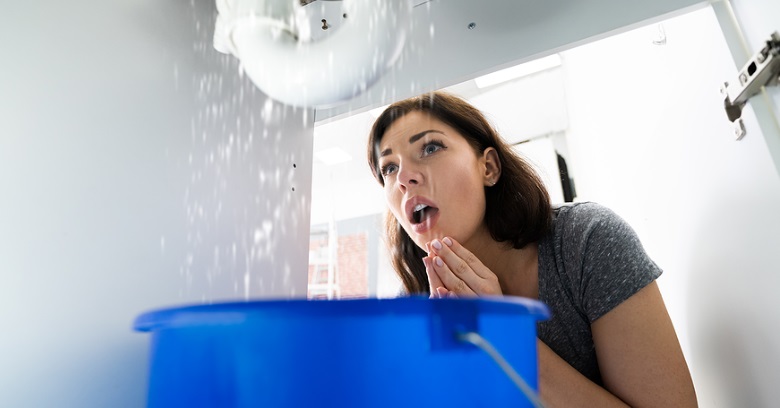Recognizing and Rapidly Repairing a Burst Pipe: A Guide
Recognizing and Rapidly Repairing a Burst Pipe: A Guide
Blog Article
We have encountered this post relating to What to Know Before Installing a Dishwasher down the page on the net and accepted it made sense to talk about it with you over here.

A burst pipeline is a significant emergency; you can just stand as you watch water you pay dearly to rejoin with the planet. In even worse situations, you see a swimming pool on your kitchen area flooring, which is an excellent journey risk, specifically if you have kids around. If the pipeline that ruptured remained in your wall surfaces, trouble: you may require to repaint that entire area.
How can a catastrophe like a burst pipe be protected against and also taken care of? Well, by paying attention to your expert emergency plumbers as well as following these regulations.
Exactly how do I know when my pipes have ruptured?
Fluctuating water pressures
Pipes do not simply burst in a day. You may have seen that your kitchen tap or shower doesn't run right away when you turn the faucet. It may pause for a couple of seconds and then blast you with even more force than common.
In various other instances, the water may seem typical in the beginning, after that drop in pressure after a couple of secs.
Wet walls as well as water discolorations
Prior to a pipeline bursts, it will leakage, the majority of times. If this relentless dripping goes undetected, the leakage might finish right into a large gouge in your pipe. One simple way to avoid this emergency is to look out for wet walls ad water stains. These water spots will lead you right to the leak.
Puddles under pipes as well as sinks
When a pipeline ruptureds, the discharge creates a pool. It might show up that the pool is growing in size, as well as despite how many times you mop the pool, in a couple of mins, there's an additional one waiting to be cleansed. Often, you might not have the ability to trace the puddle to any visible pipelines. This is an indicator to call a specialist plumber.
Untraceable trickling sounds
Pipeline bursts can occur in the most unpleasant places, like within concrete, inside wall surfaces, or under sinks. When your house goes quiet, you may be able to hear an annoyingly persistent dripping sound. Even after you have actually inspected your shower head and cooking area tap, the trickling might continue.
Dear viewers, the trickling may be coming from a pipeline inside your wall surfaces. There isn't much you can do regarding that, except tell an expert plumber.
Shut down the Water
When water freezes, it expands in quantity by regarding 9 percent. As well as it expands with tremendous pressure: The pressure inside pipes might go from 40 extra pounds per square inch to 40,000 psi! No pipe can hold that much stress, so it bursts. The break may take place where the ice types, but regularly, it takes place where water stress finds a weak point in the pipeline. That may be inches or even feet from the icy area. Locate the water shutoff valve as well as shut off the water to prevent even more damage. You could likewise need to shut down the electrical energy as well, relying on where the leaks occurs and also exactly how large it is.
Polluted water
Many people presume a burst pipeline is a one-way electrical outlet. Rather the contrary. As water drains of the hole or gash in your plumbing system, pollutants find their method.
Your water might be polluted from the resource, so if you can, inspect if your water storage tank has any type of issues. Nonetheless, if your drinking water is provided and detoxified by the city government, you must call your plumber immediately if you see or scent anything amusing in your water.
What do I do when I find a ruptured pipe?
Your water meter will remain to run also while your water wastes. To reduce your losses, locate the main controls as well as transform the supply off. The water mains are an above-ground framework at the edge of your building.
How to Fix & Detect a Leaking Pipe
How Do I Know if a Pipe is Leaking?
Leak detection tests can help you determine if your pipe has a leak. Even if you don’t see an apparent leak, you should still conduct leak detection tests regularly to save water and money—and prevent major damage to your home.
Water meter. It can be helpful to figure out what your usual water meter usage numbers are and then monitor them regularly. To monitor your meter, first, turn off all water faucets in your home. Check the meter and write down the numbers. In a few hours, check the meter again. If the numbers have changed, you have a leak. Water gauge. Use a water gauge to test your water pressure. Your showerhead should produce a certain amount of water pressure based on its model and design. If the pressure is lower than it is supposed to be for that specific showerhead, your home likely has a leak. Puddles. Look inside your bathroom, laundry, and kitchen sink cabinets. Puddles around the cabinets or around toilets, tubs, showers, and washing machines indicate the presence of a leaking pipe. You may also notice loose tiles, peeling or flaking paint, or mold caused by water accumulation. Napkin test. Even if you don’t see any puddles, you may still have a leak. You can test for water leaks in the bathroom, laundry, and kitchen by wiping below-sink connections with a napkin, paper towel, or piece of toilet paper. If it becomes damp, you probably have a leaking pipe under the sink. Discolored walls. Walls that are discolored—usually with brown or yellow stains—or bulging might mean that they have been impacted by water damage caused by a leaking pipe. Smell. A leaky pipe will create sitting water, and over time, that water may develop a musty smell. If your home smells musty, but you can’t locate the source, it may be due to a leak. Steps for Fixing a Leaking Pipe
A leaky drain can be remedied by tightening the pipe base, replacing the drain seal, caulking the rim, and tightening the pipe nut. Similarly, a leaking toilet pipe can be treated by tightening the packing nut. You may also need to replace the valve. A leaky faucet may just need tightening or replacement of the washers. If that doesn’t work, consider replacing your faucet. If your pipe has a hole in it, you may want to use a pipe leak sealer or pipe leak tape. This quick fix for water pipe leaks can also temporarily fix a copper pipe leak. https://www.ahs.com/home-matters/quick-tips/how-to-tell-if-pipes-are-leaking/

As a person who reads about What to Know Before Installing a Dishwasher, I was thinking sharing that excerpt was worth the trouble. Sharing is good. Who knows, you might be doing someone a favor. We love reading our article about What to Know Before Installing a Dishwasher.
Book Now Report this page